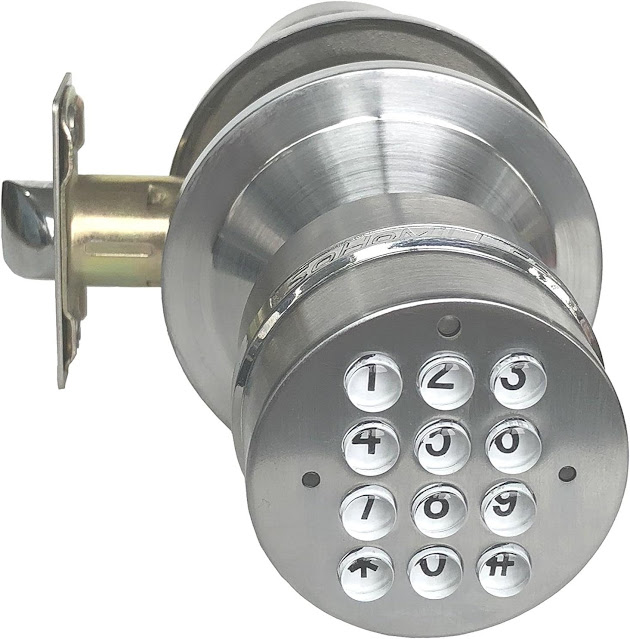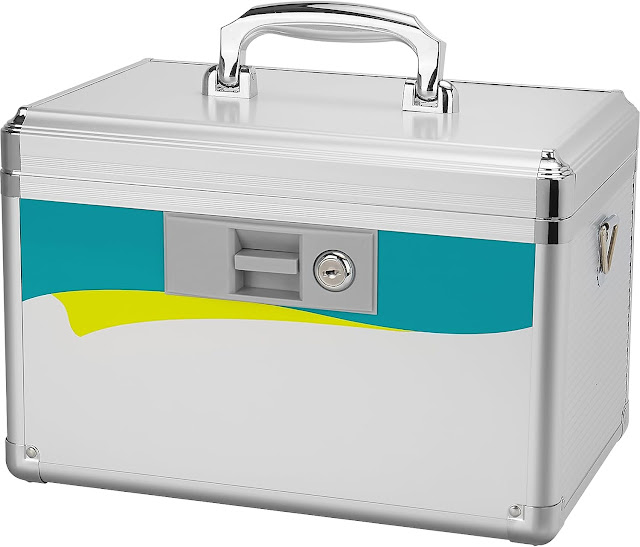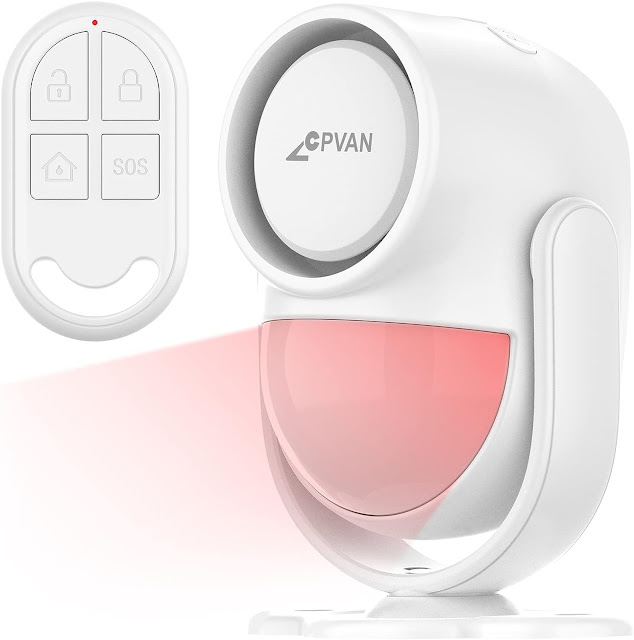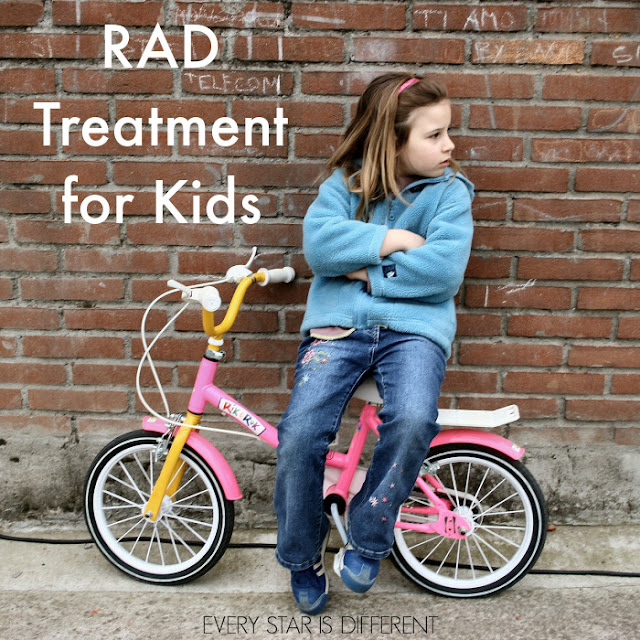Trigger Warning: This article discusses many negative behaviors related to Reactive Attachment Disorder.
I do this to explain the why behind each safety resource.
When I use words like "horrific" and "insane" I am describing the behaviors and disorder, NOT the child.
Today I've put together this list of Must Have Safety Resources When Parenting a Child with Reactive Attachment Disorder.
The goal is to put safety protocols in place before something bad happens.
At times this may seem like an impossible feat.
But, if you start early and are open to the endless possibilities of what your child might be capable of, you can stay a step ahead of the game, protecting everyone in ways that would otherwise be impossible.
Through the years we've had our own crash course in safety.
Thank goodness for amazing friends, wonderful doctors, and fantastic therapists who are willing to help us in the worst of times.
Many of them have lived or are also living in the trenches with RAD children much older than ours.
Must Have Safety Resources When Parenting a Child with Reactive Attachment Disorder
An Intro to Reactive Attachment Disorder
Reactive Attachment Disorder is a trauma disorder that affects children who have suffered through tremendous abuse, neglect and/or medial trauma.
Though children with Reactive Attachment Disorder display many bizarre and challenging behaviors, none of these behaviors are their fault.
What Is Reactive Attachment Disorder
Children who suffer with Reactive Attachment Disorder are victims.
As parents and caregivers our job is to love them and keep everyone safe. This post was written to help families do that.
Without safety resources in the home, children with Reactive Attachment Disorder can cause extremely unsafe situations in the home. Our goal is always to promote attachment and family whenever possible.
The Worst Cases of Reactive Attachment Disorder
Why Safety Resources are Necessary When Raising a Child with Reactive Attachment Disorder
You're also responsible for all other children and pets in your home.
They can easily become victims of physical, emotional, verbal and/or sexual abuse, your child with Reactive Attachment Disorder being the perpetrator.
Let's not forget that you are a target.
Whether she engages in passive aggression and manipulation, destruction of property or rage and violence, you must be prepared to keep yourself and your family safe.
Lastly, there's your home...
Destruction of property, fire setting, urine and feces all over walls and floors, and so much more is all part of this adventure.
Keeping your house safe becomes far more difficult than you could have ever imagined.
It's always better to be safe than sorry.
Our Favorite Must Have Safety Resources When Raising a Child with Reactive Attachment Disorder
In many cases the transition from "normal" life to life with a child who has Reactive Attachment Disorder is an incredibly challenging and devastating process.
At times you may feel like you live in a prison, residential facility, or psych ward.
During these moments remind yourself of the worst case scenarios that could very easily happen without these safety resources in place.
Think safety.
I promise it's worth it!
Remember that every home and family is different.
Talk with doctors and therapists to set up the right plan for your family.
Some of the items shared below may be must haves for you while others may not.
Just remember safety is one area where a family can rarely do too much.
It's always better to err on the side of caution.
Here's our list!
Door Alarms
Put one on your RAD child's bedroom door, and on any doors that are used to enter and exit the home.
You will know when your child is leaving or entering their bedroom and the house, especially during the night.
So many things can happen during the night.
Please note, in some homes, window alarms are just as important.
Locking Doors
Having a place to go with a locking door can make a world of difference.
Siblings and parents need to be safe when in their own bedrooms and the bathroom.
Anything can happen when you're not expecting it.
Also remember a child with Reactive Attachment Disorder loves to steal.
For younger children, simple doors that lock may work.
As your child with Reactive Attachment Disorder grows older and becomes more resourceful, consider electronic key pad locks.
You know your child best and can ultimately decide which type of door lock works best for your situation.
We live in an old home with very old doors and have found our best line of defense to be door stoppers.
They're simple, easy to use, and prevent entry from the outside.
A Prescription Lock Box
Whether this is to self-harm, to sell, or something else, it's always recommended to keep medications out of reach and locked up in a safe place.
For some families this could mean using a prescription lock box with a key or combination lock.
Other families may need to invest in a safe that is harder to open. Currently we use the Lockmed Large Key Lockbox but will be upgrading soon.
Locking Storage for Sharp Objects
Don't just think knives. Consider other objects with sharp edges. You'll be amazed by what some of these kids can come up with.
Currently we use a portable toolbox with drawers and a locking mechanism, but may upgrading soon to a tool cabinet with a counter top for our kitchen. (It will be used to store much more than sharp objects.)
Get creative. Locking toolboxes come in so many shapes and colors and can literally be life saving.
Locking Storage for Electronic Devices
They really can't handle them well.
Just thinking about all of the many things that could go wrong and have gone wrong with media devices caught in the wrong hands makes me nauseous.
Consider one of the many bag, briefcase and container storage options if necessary.
Locking Storage for Chemicals and Cleaning Supplies
But if you're not familiar with the dangers of keeping these items in reach of children with Reactive Attachment Disorder, educate yourself.
Consider a locking storage cabinet in a safe place.
Locking Storage for Matches and Lighters
Keeping your matches and lighters locked up can be of huge benefit.
It may not stop them from using other items, but it can prevent easy access to the most basic materials.
We tend to lock up these items with our sharp objects, in separate drawer.
Security Camera System
A security camera system may not be for everyone, but in some cases it is necessary for the protection of all family members.
Security cameras can not be placed in bedrooms or bathrooms, but can be set up in main living areas of the house.
Whether you need proof of your child's behaviors or proof of your innocence when accused of doing something you have not, security camera systems can be a lifesaver.
If you have a very young child with Reactive Attachment Disorder, baby monitors may be your best course of action, so long as the child can be safe with them in her bedroom.
Motion Sensor Alarms
If you're trying to avoid a security camera system or if you're looking for ways prevent a child from entering specific areas of your home or property without you knowing, motion sensor alarms work great.
In our old home we had one installed by ADT as part of our home security system.
None of my children could make it to the kitchen, and no intruder could make it through the living room if they entered the back door.
In our new home we plan on installing simpler motion sensor alarms to prevent anyone from getting to the kitchen during the night.
Whether you have a child with food issues or one who sneaks around and gets into things she shouldn't a sensor alarm can be a great ally.
Gun Safe
If you dare to have guns in your home with a child who has Reactive Attachment Disorder, they NEED to be locked up at all times preferably in a gun safe.
Smoke Alarms
Once again, many children with Reactive Attachment Disorder enjoy playing with fire.
Smoke alarms are essential to your family's safety. Where we fostered, it was recommended to have smoke alarms in every bedroom and on every floor of the home.
Consider This
Protecting your family from the dangers that come with Reactive Attachment Disorder is never an easy task.
The safety resources mentioned here are a starting point though.
Once you have these necessary resources, you will be able to determine what other steps you must take to keep your family safe.
So long as you can keep your family safe, raising a child with Reactive Attachment Disorder at home surrounded by those who love her will always be the best option.
It is through safety, consistency, and secure attachments that a child who suffers from trauma can begin to heal.
And please consider this...
There will most likely be a time when your parenting abilities and choices are called into question during this journey as a parent of a child with Reactive Attachment Disorder.
When the police are called to your home or Child Protective Services shows up at your door, it is always better for them to see that you've done all you can to ensure the safety of everyone in your home rather than not.
This isn't just about preparing for the worst, it's about avoiding the worst in every possible scenario. Safety resources can save lives in big ways.
If you enjoyed this post, you may also enjoy the posts below.




















I cherish the way you compose and share your specialty! Extremely intriguing and unique! Keep it coming!
ReplyDeletehouse alarms
“Horrific” and “insane” behaviors? Have we forgotten that underneath the trauma and hurt, we are talking about children? I can’t believe you would describe the children who have lived with you as that, before you would describe them as precious, lovable, and sweet. What happened to them is not their fault. Do not write about them in a manner that makes them out to be.
ReplyDeleteThank you for your comment. I appreciate the opportunity to clarify my thoughts and words. When I use the words "horrific" and "insane" I am only referring to the behaviors and disorder, never the children who suffer with it. Like you have said, they are precious, lovable and sweet. Two of our own children suffer from RAD. We love them so much and work extremely hard to help them heal in as many ways as we can. I have added another section titled IMPORTANT that clarifies my words. There are also a few new sentences in the conclusion. Once again I really appreciate you pointing out how my words can be received, even when I don't mean them in that way.
DeleteYou're a kinder human than I in the way you handled the ignorant "mayhem?" Is it? I'm living this life as I sit and write this now.. adoptive mother of 3 sibs my oldest was 7, now 20 and out of our lives since 18..Middle is 16,and youngest, is now my 14 year old daughter , she has the worst (in our situation) case of Disinhibited Social Engagement Disorder *DSED, RAD we've experienced.
DeleteI only found Every Star is Different because I typed, " mothers that hate their RAD teens," in my browser.
Thank you for this ..truly